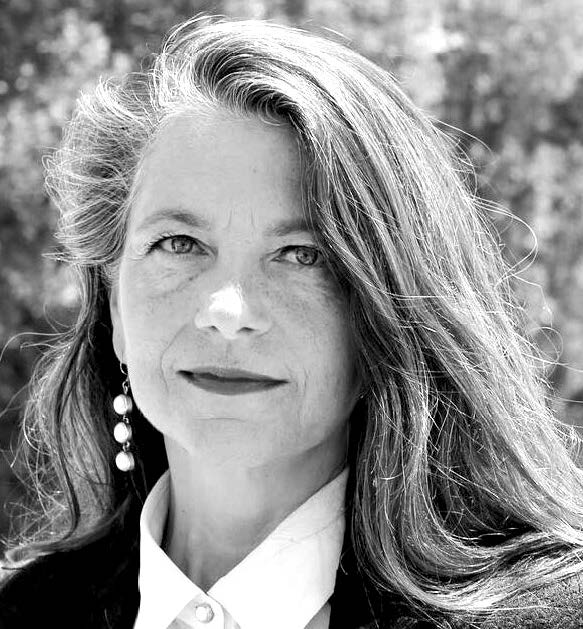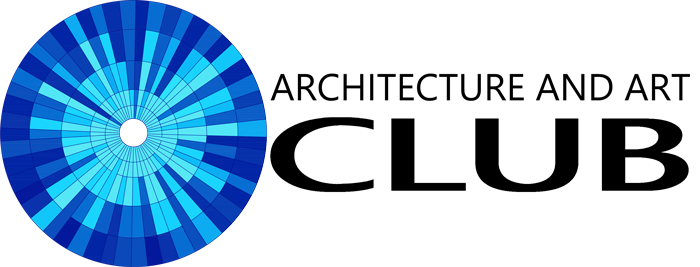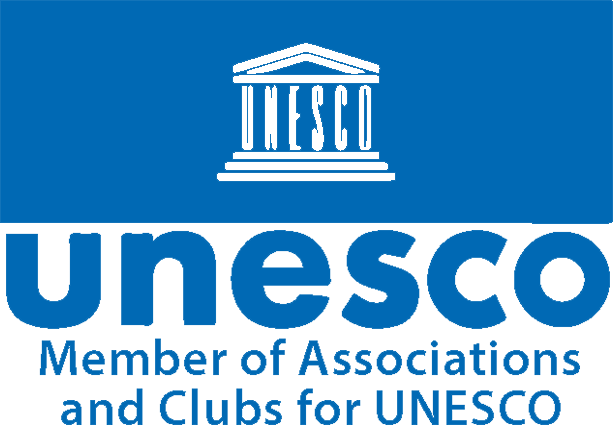Anna Grichting

Contact Information
- WhatsApp: 0774632795
- Nationality: Swiss
- Country based: Geneva
Education Background
Anna Grichting is a Swiss architect and urbanist renowned for her pioneering work in regenerative urbanism and nature-positive design. She holds a Doctor of Design in Urbanism from Harvard University and a Diploma of Architecture, as well as an advanced degree in Urbanism and Territorial Planning from the University of Geneva. Grichting’s career bridges architecture, sustainability, climate leadership, and co-creative, interdisciplinary approaches to the built environment. Academic and Professional Background Anna Grichting has taught and conducted research at institutions including Harvard, MIT, University of Geneva, Qatar University, and the University of Vermont. Her academic experience spans professorial appointments and international consultancies, with a strong emphasis on mentoring, women’s empowerment, and developing holistic design curricula. Regeneration and Sustainable Design Her work focuses on regenerative systems-based approaches to urban and landscape design, centering on themes such as the Food-Water-Energy Nexus, urban biodiversity, blue urbanism, and healing ecologies in border landscapes. Grichting champions design philosophies that rewild cities, restore ecosystems, and integrate indigenous wisdom with scientific knowledge to create inclusive, nature-positive futures. Selected Projects and Influence Anna has led projects in diverse contexts—such as cross-border ecologies in conflict zones and the reactivation of public spaces through festivals and performances. She is active in international research consortia and awards juries and frequently publishes and lectures globally on topics of regeneration and sustainable urbanism.
Professional Introduction
Professor Hashim Sarkis, Dean, MIT My PhD/Doctor of Design Thesis Member of the Committee Professor Joan Busquets, My PhD/Doctor of Design Thesis Advisor.
Architectural Perspective
The future of architecture and urbanism is being guided by bold innovations in technology and a visionary commitment to sustainability, ushering in a new era where our cities and landscapes are conceived as regenerative systems that steward ecological balance for both people and planet. My practice and research, especially through the Blue Gulf and Blue Futures initiatives, reveal how integrating Blue Urban Design into coastal and urban environments can help city-makers adapt to climate change, restore fragile water ecosystems, and reimagine urban life as part of a greater planetary harmony. Architectural trends now embrace circular thinking, nature-based solutions, and collaborative action—positioning communities, artists, scientists, and local voices as partners in transformation and resilience. Digital tools, participatory laboratories, and interwoven food-water-energy systems are at the core of regenerating blue landscapes, revitalizing biodiversity, and ensuring that urban spaces contribute to well-being and peace, even amidst rapid environmental change. By fusing indigenous wisdom, cultural creativity, and scientific innovation, Blue Gulf and Blue Futures projects demonstrate how architecture can empower societies to co-create climate-ready, inclusive, and nature-positive environments—extending design’s vital role beyond boundaries, disciplines, and cultures toward a thriving blue planet for generations to come.
Sustainable Development Message
As an architect and urbanist, my work is grounded in the principle that cities and landscapes must not only be sustainable, but actively regenerative—restoring natural systems, healing ecologies, and cultivating resilient communities. Regenerative urbanism, for me, means transforming urban spaces into living ecosystems by integrating nature-based design, circular resource flows, and participative processes that bring together artists, scientists, local communities, and multiple disciplines. Throughout my career, from developing edible permaculture campuses in arid climates to pioneering Blue Urban Design for resilient coastal environments, I have championed holistic approaches that connect the food-water-energy nexus and harness both scientific and indigenous knowledge to rewild urban landscapes. Projects like the Blue Gulf initiative and collaborative masterplans at university campuses demonstrate how regenerative design empowers communities to lead change, enhances biodiversity, and reveals the creative potential of working across boundaries—between land and sea, disciplines, and cultures. Ultimately, my vision is for cities to become dynamic, equitable, and nature-positive, adapting to climate challenges while offering opportunities for beauty, well-being, and collective stewardship at every scale.

